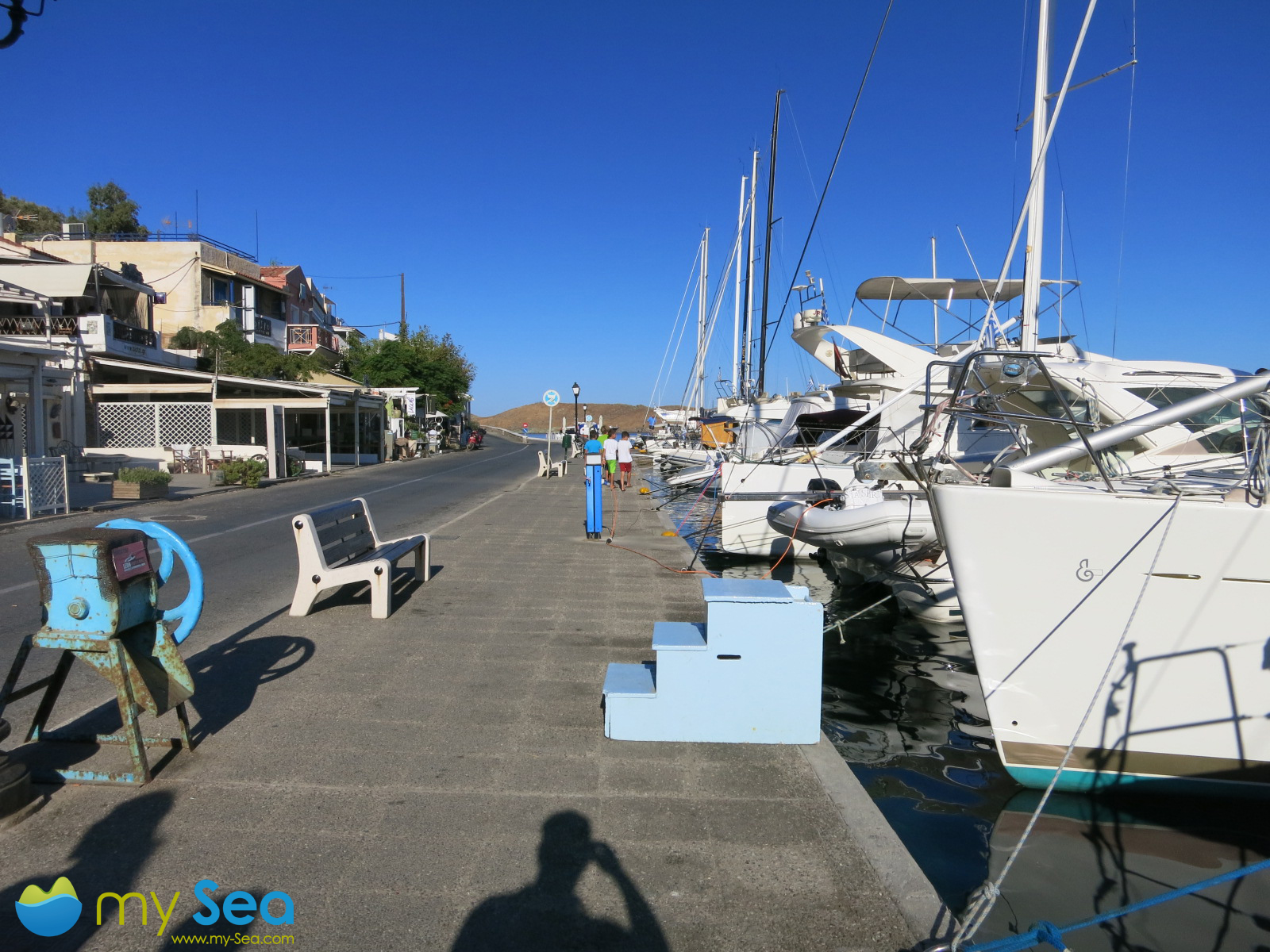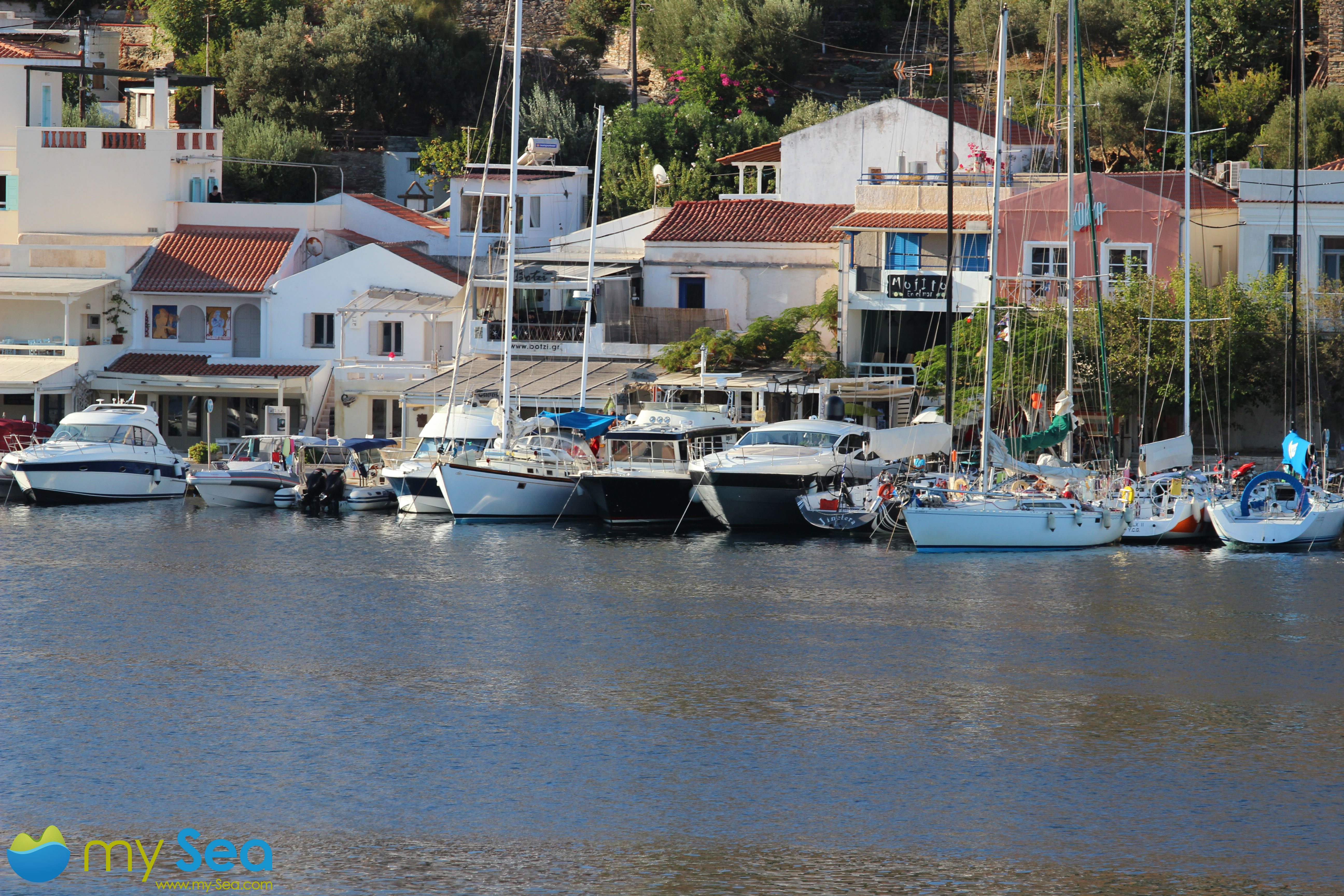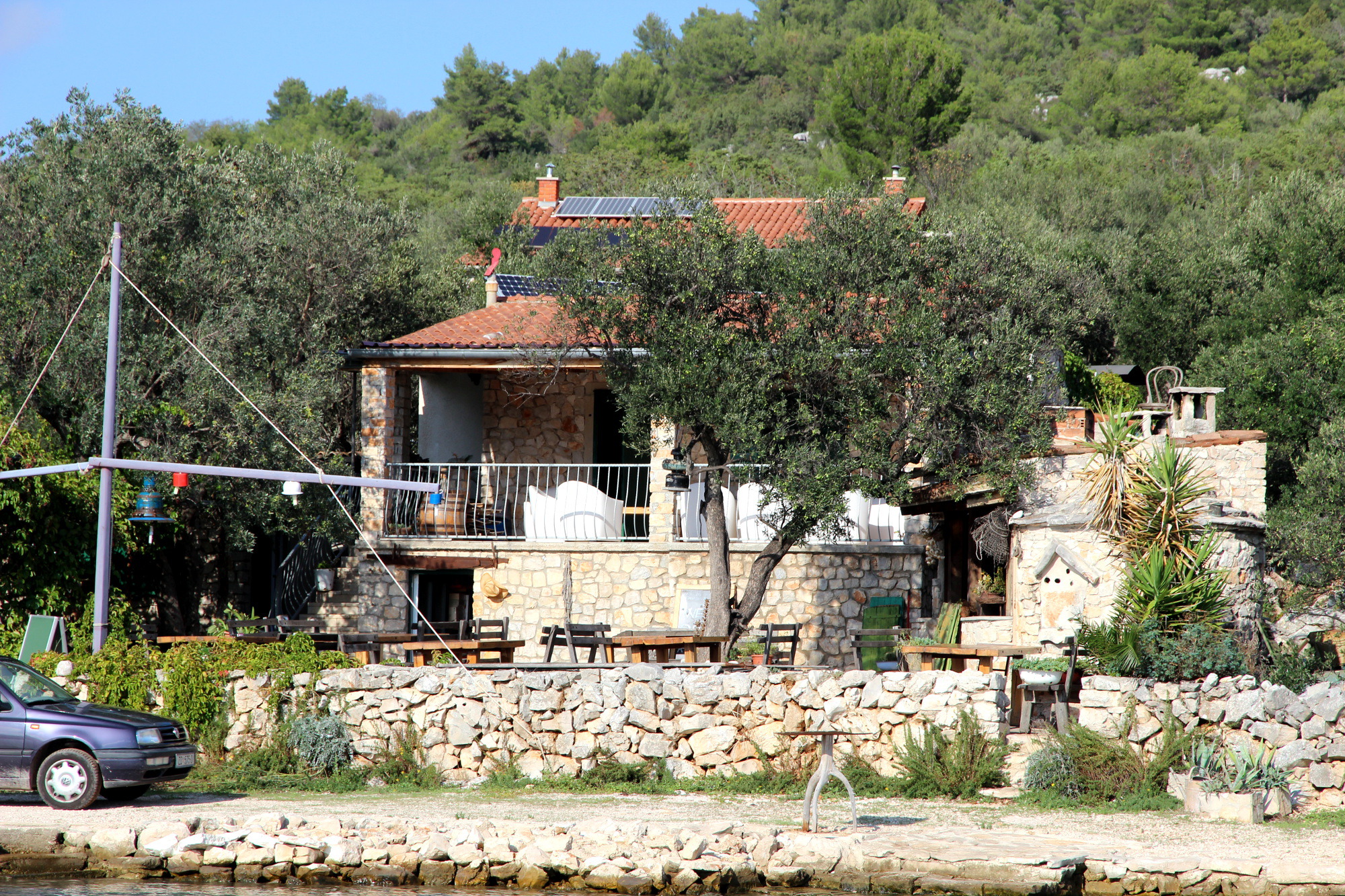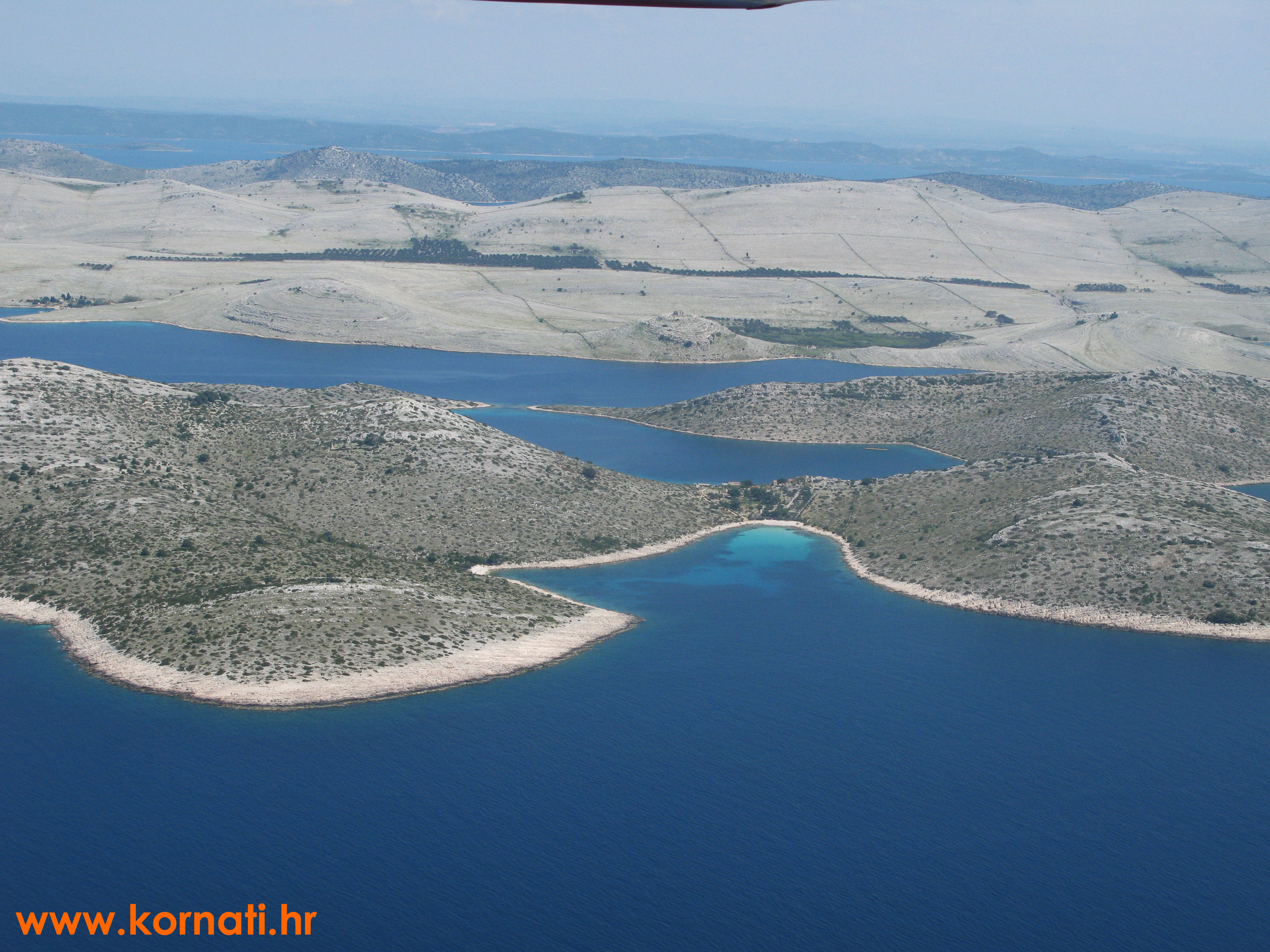Kea ist die der Spitze Attikas am nächsten gelegene Insel. Nur 12 sm östlich von Kap Sounion gelegen, ist die hügelige und fruchtbare Insel vor allem Ausflugsziel der Athener. 80% der Touristen kommen aus der nahe gelegenen Millionenmetropole. Mit einer Yacht oder einem schnellen Speedboot erreicht man die Kykladeninsel in kürzester Zeit. Wir geben einen Überblick über geschützte Liegeplätze und gute Restaurants in 2 Artikeln.
Die große Bucht Ormos Ag. Nikolaos liegt im Nordwesten der Insel und besteht aus den beiden kleineren Buchten Ormos Leivadi im Südwesten und Ormos Vourkari im Osten. 
 In Voukari liegt der gleichnamige Hafen, der bei Seglern beliebter ist, weil er gegen die vorherrschenden Winde noch besser geschützt ist und weniger Schwell steht als im Fährhafen von Korrisia. (Segel-)Yachten legen hier meist mit dem Bug voraus an, da Aufschüttungen direkt am Kai (tiefgehende) Ruderblätter beschädigen könnten. Damit der Ausstieg über den Bugkorb leichter fällt, haben einige Tavernen und ein kleiner Möbelhändler hölzerne Treppenstufen gebaut, die beim leichteren Ausstieg helfen.
In Voukari liegt der gleichnamige Hafen, der bei Seglern beliebter ist, weil er gegen die vorherrschenden Winde noch besser geschützt ist und weniger Schwell steht als im Fährhafen von Korrisia. (Segel-)Yachten legen hier meist mit dem Bug voraus an, da Aufschüttungen direkt am Kai (tiefgehende) Ruderblätter beschädigen könnten. Damit der Ausstieg über den Bugkorb leichter fällt, haben einige Tavernen und ein kleiner Möbelhändler hölzerne Treppenstufen gebaut, die beim leichteren Ausstieg helfen.

